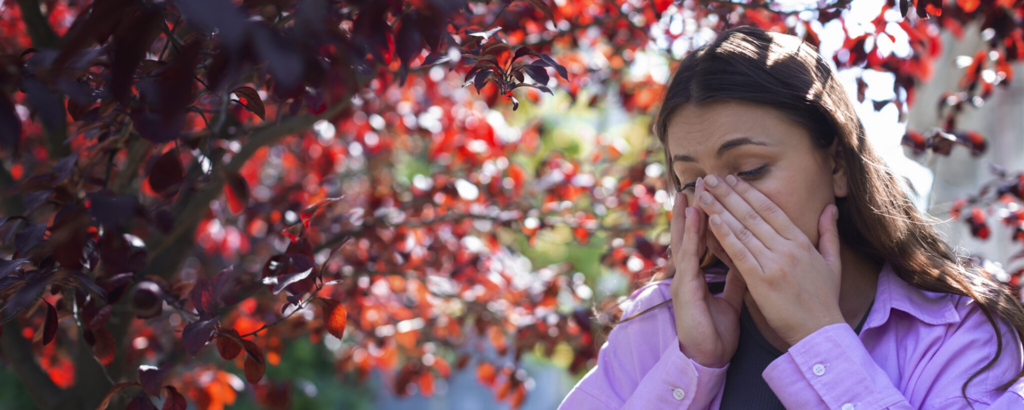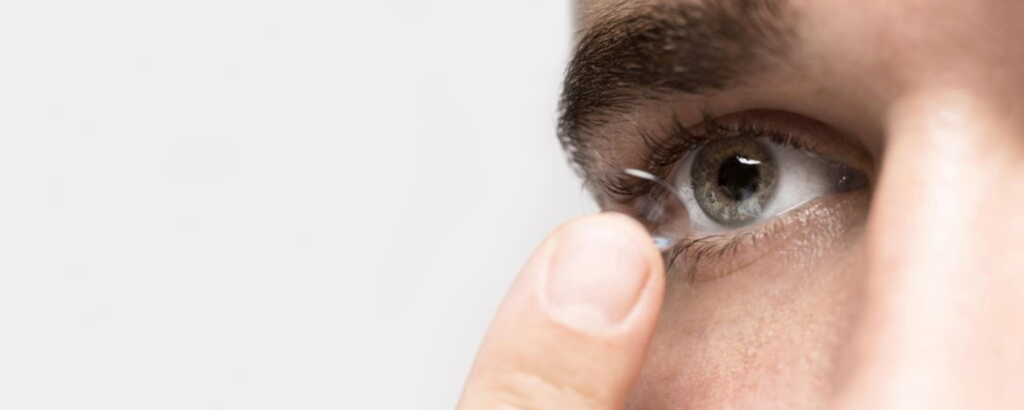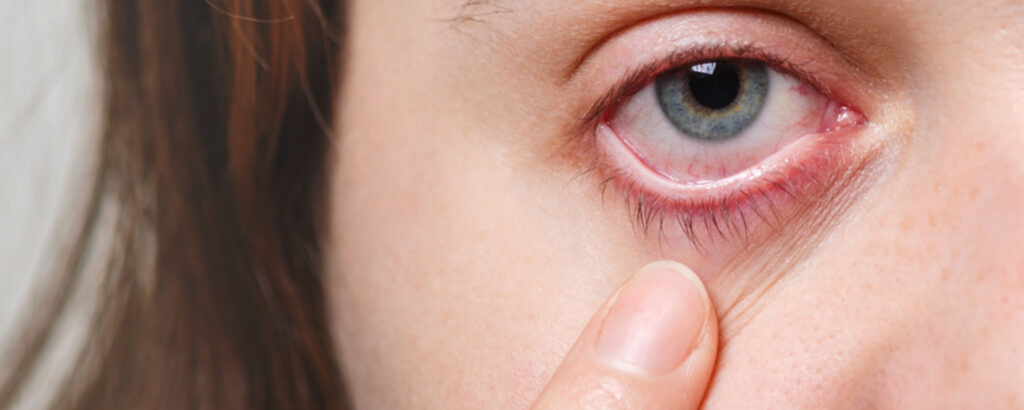
February 14, 2022
Spring Allergies in Chicago – Identifying and Treating Allergic Conjunctivitis
The surface of the eye is one of the areas of the human body most susceptible to environmental allergies and early Spring is one of the peak allergy seasons. Often, when we see a patient who comes in believing (understandably) that they have an eye infection we find the true culprit to be an ocular allergy. Since a true infectious, bacterial conjunctivitis and an allergic conjunctivitis both result in significant redness and discharge from the eye they can be easily confused. However, there are symptoms and findings which can help differentiate these entities; usually allergies will have: There are also several different appearances
Read more



